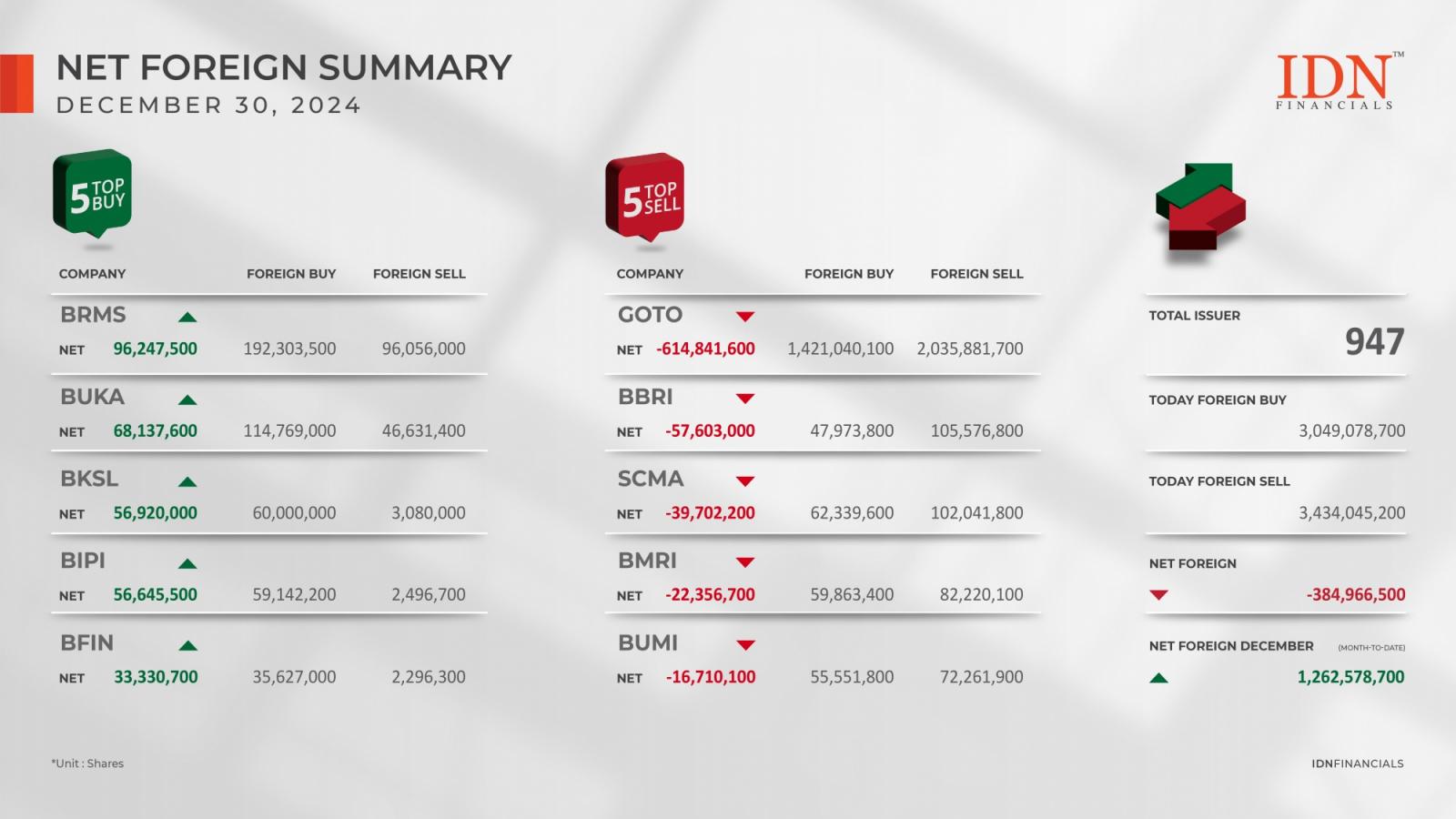
The U.S. dollar moved down against its major counterparts in the New York session on Monday, following the release of weaker-than-expected ISM manufacturing PMI data for May.
The ISM Manufacturing PMI edged down to 48.7 in May from 49.2 in April, with a reading below 50 indicating contraction. Economists had expected the index to inch up to 49.6.
Last week\'s PCE inflation data supported hopes of interest rate cuts by the Federal Reserve this year.
The data increased the probability of a rate cut in September to 55 percent.
Friday\'s jobs data holds significance as it will be the last economic report before the Federal Reserve\'s upcoming monetary policy meet on June 11-12.
Separate data showed that U.S. construction spending shrunk unexpectedly in April amid declines in both private and public construction.
Construction spending dipped 0.1 percent to $2,099.0 billion from the revised estimate of $2,101.5 billion in March.
The greenback fell to 6-day lows of 1.0888 against the euro and 1.2794 against the pound, from an early high of 1.0827 and a 4-day high of 1.2694, respectively. The greenback is seen finding support around 1.10 against the euro and 1.29 against the pound.
The greenback declined to a 2-1/2-month low of 0.8955 against the franc and near a 2-week low of 155.94 against the yen, from an early high of 0.9035 and a 4-day high of 157.47, respectively. The greenback is poised to challenge support around 0.89 against the franc and 147.00 against the yen.
The greenback depreciated to near a 3-month low of 0.6189 against the kiwi and 2-week lows of 1.3602 against the loonie and 0.6695 against the aussie, off its early highs of 0.6133, 1.3668 and 0.6632, respectively. The currency may locate support around 0.63 against the kiwi, 1.34 against the loonie and 0.68 against the aussie.





